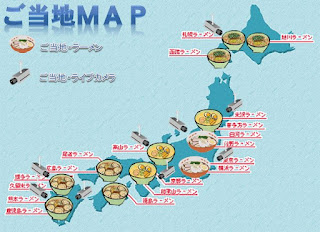Do you know the
masking tape?
It is adhesive tape
for the protection to prevent their protruding in the case of the painting as
for the masking tape and from polluting it any place other than a work point.
Generally, the tape
is used for the painting and ceiling coking, but seem to be used for plating,
the etching of the printed circuit board, identification, protection of the
material.
The masking tape
seemed to be invented by Richard Drew who was an employee of 3M, but, in Japan,
adhesive tape industry Co., Ltd. in Japan (existing Teraoka Seisakusho) seemed
to start production of the masking tape made of Japanese paper as gunpowder
packing use for the painting in 1938.
After this, masking
tape made of Japanese paper came to be used in the world.
Recently, the
masking tape of the pretty color is put on sale, and the masking tape will be
arrested as "miscellaneous goods" again and is the popularity that is
explosive among stationery lovers now.
The masking tape is
used for wrapping, decorating the smart phone or other goods.
Therefore, it seems
to be to the souvenirs with popularity for visitors from the foreign countries.






































